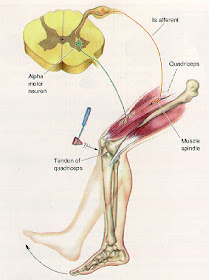A 74-year-old man presents with exertional dyspnea and generalized weakness. On examination, you discover a high-pitched, blowing diastolic murmur and a wide pulse pressure with bounding pulses. The most likely diagnosis is?
- A) aortic stenosis
- B) aortic insufficiency
- C) mitral stenosis
- D) mitral insufficiency
- E) coarctation of the aorta
Answer and Discussion
The answer is B.Causes of aortic regurgitation :
The prevalence of aortic regurgitation increases with age. Unlike aortic valve stenosis, aortic valvular insufficiency is rarely caused by degenerative aortic valve disease. Acute aortic valvular insufficiency may be due to infective endocarditis, aortic dissection, trauma, or rupture of the sinus of Valsalva. Chronic aortic insufficiency can be caused by valve leaflet disease, including rheumatic heart disease, congenital heart disease, rheumatoid arthritis, ankylosing spondylitis, or myxomatous degeneration. Chronic aortic insufficiency may also be caused by aortic root disease secondary to systemic hypertension, syphilitic aortitis, cystic medial necrosis, ankylosing spondylitis, rheumatoid arthritis, Reiter's disease, systemic lupus erythematosus, Ehlers–Danlos syndrome, and pseudoxanthoma elasticum.Symptoms and sings of aortic valvular insufficiency :
The symptoms of aortic valvular insufficiency are the same in older persons as they are in younger ones. Usually, the main symptoms are related to heart failure, with exertional dyspnea and weakness being common symptoms. In some elderly patients, symptoms of dyspnea and palpitations may be more common at rest than with exertion. Nocturnal angina pectoris, often accompanied by flushing, diaphoresis, and palpitations, may occur; this is thought to be related to the slowing of the heart rate and the drop of arterial diastolic pressure. The classic findings of a high-pitched, blowing diastolic murmur and a wide pulse pressure with an abruptly rising and collapsing pulse should make the diagnosis of aortic valvular insufficiency easily recognized in elderly patients.






















